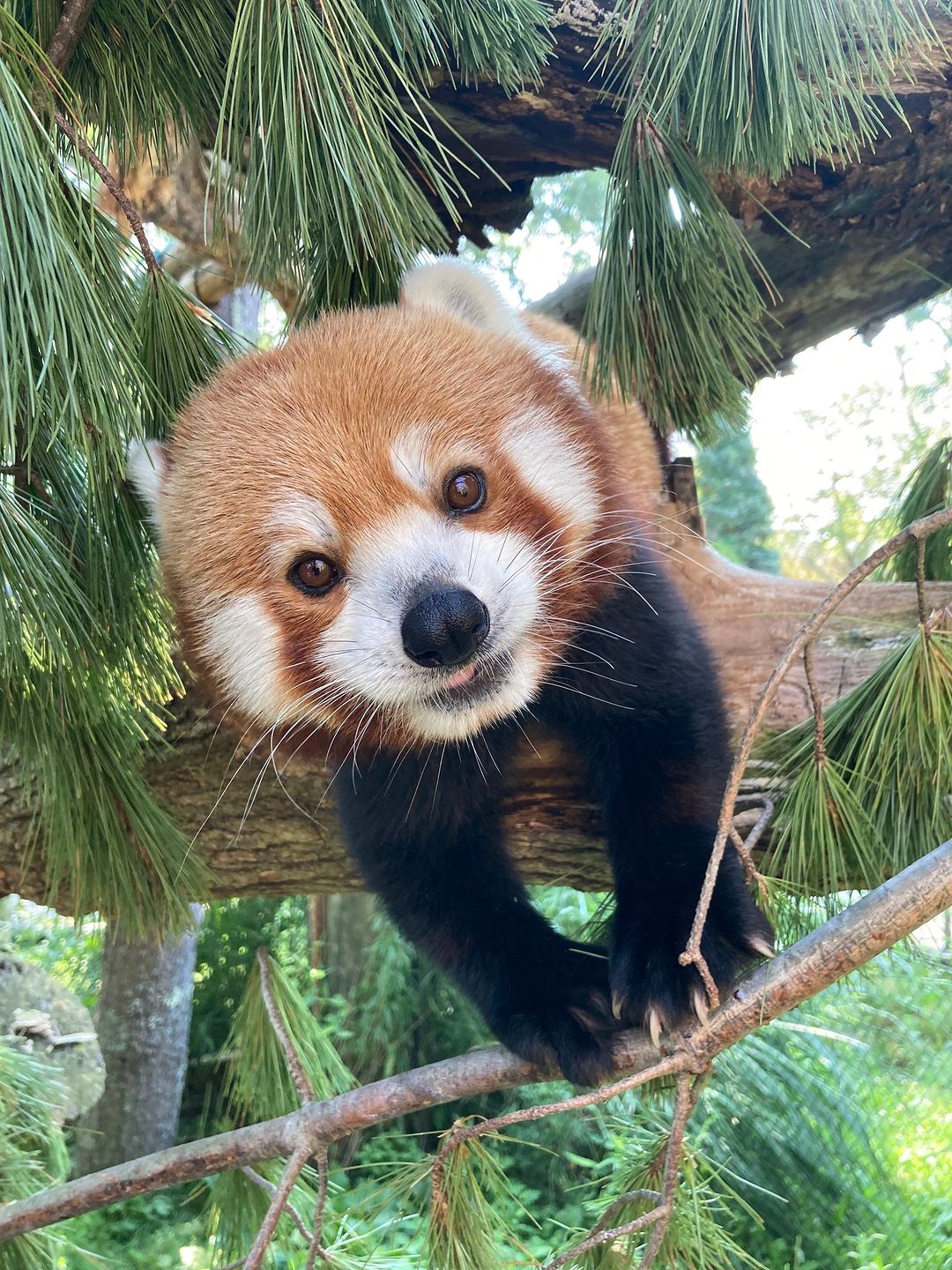Summary:
1. Red pandas are expert climbers and use trees for various purposes.
2. Their ankles are incredibly flexible, allowing them to descend headfirst down trees.
3. Red pandas have a unique way their fibula and tibia are attached, enabling the fibula to rotate.
4. They use trees to shelter, escape predators, and sunbathe during colder months.
5. Red pandas are fascinating animals that captivate the attention of many.
—
Did someone say it’s Red Panda Day? Well, get ready to dive into the incredible world of one of nature’s most captivating creatures. Red pandas, with their vibrant fur and charming demeanor, are experts at conquering trees and thriving in their arboreal habitats. Join me on this adventure as we uncover these incredible animals’ unique and fascinating aspects!
First and foremost, did you know that red pandas are exceptional climbers? These fascinating creatures are well-adapted to life in the trees, utilizing their agile bodies and sharp claws to easily navigate the branches. Unlike their larger panda cousins, red pandas spend much of their time off the ground, perched among the foliage.
One of the most remarkable features of red pandas is their ankles. Yes, you read that right – their ankles! These adorable animals have incredibly flexible ankles, allowing them to perform astonishing feats of acrobatics in the treetops. This flexibility is due to the unique way their fibula and tibia are attached. The fibula can rotate, enabling them to descend headfirst down tree trunks effortlessly. Imagine watching a red panda gracefully descend a tree, defying gravity and leaving you in awe of its agility.
Trees serve multiple purposes for red pandas, making them essential to their habitat. From providing shelter and protection from predators to functioning as a cozy hideaway for relaxation, these arboreal creatures rely heavily on trees for survival. During the colder months, red pandas bask in the sun on the branches, using the tree’s natural shelter to stay warm and cozy. It’s as if nature has gifted them with the perfect waiting spot for the return of the warmer seasons.
But the wonder of red pandas doesn’t stop there. These incredible animals are known for their gentle and playful nature, captivating zookeepers and visitors alike. Their engaging behavior and adorable antics have made them a favorite among animal enthusiasts worldwide. Whether clumsily rolling down a soft slope or playfully chasing their tails, red pandas have a knack for spreading joy and brightening anyone’s day.
Additionally, red pandas have a diet that’s both interesting and specialized. These omnivorous creatures feed on bamboo like their larger panda relatives. However, red pandas also diversify their diet by incorporating fruits, leaves, and occasional insects into their meals. This adaptability showcases their resourcefulness and ability to thrive in various environments.
Conservation efforts play a crucial role in ensuring the survival of red pandas in the wild. Unfortunately, they are facing numerous threats, including habitat loss and fragmentation. The destruction of their natural habitats, poaching, and illegal pet trade has led to a decline in their population. Organizations and zoos worldwide work tirelessly to protect these charismatic creatures and raise awareness about their plight.
In conclusion, red pandas are fascinating animals that leave a lasting impression on anyone fortunate to encounter them. Their expert climbing skills, flexible ankles, and unique attachment of the fibula and tibia allow them to navigate the treetops effortlessly. With trees serving as a multifunctional resource, red pandas find shelter, protection, and even a cozy sunbath spot. Their playful and endearing nature brings joy to zookeepers and visitors, leaving a lasting impact. As we celebrate Red Panda Day, let us remember the importance of conservation efforts and our role in preserving these remarkable animals for future generations to cherish.
*****
Source Description
Did someone say it’s
Did you know red pandas are expert climbers? They use trees to shelter, escape predators, and even sunbathe during the colder months! Their ankles are incredibly flexible, and the unique way their fibula and tibia are attached allows the fibula to rotate, making them skilled at descending headfirst down tree trunks.
📷 Keeper Steph

